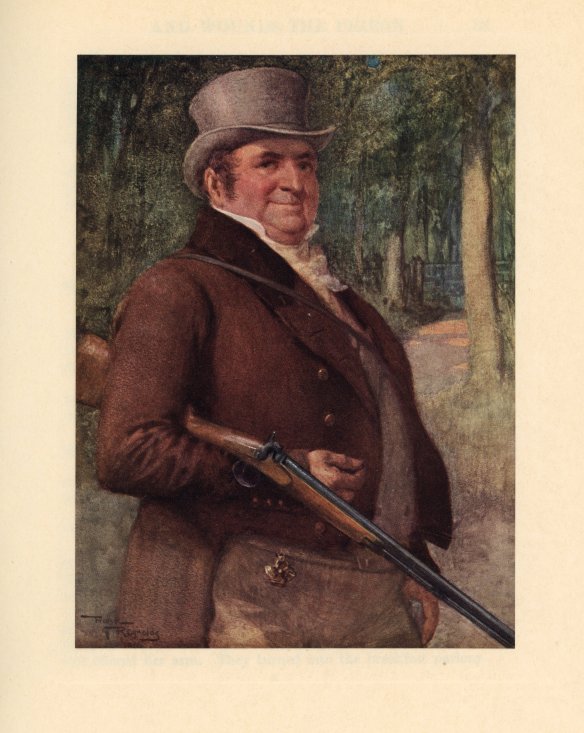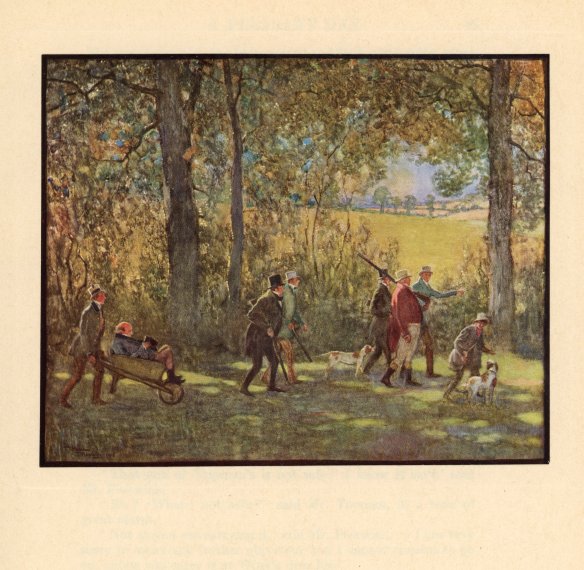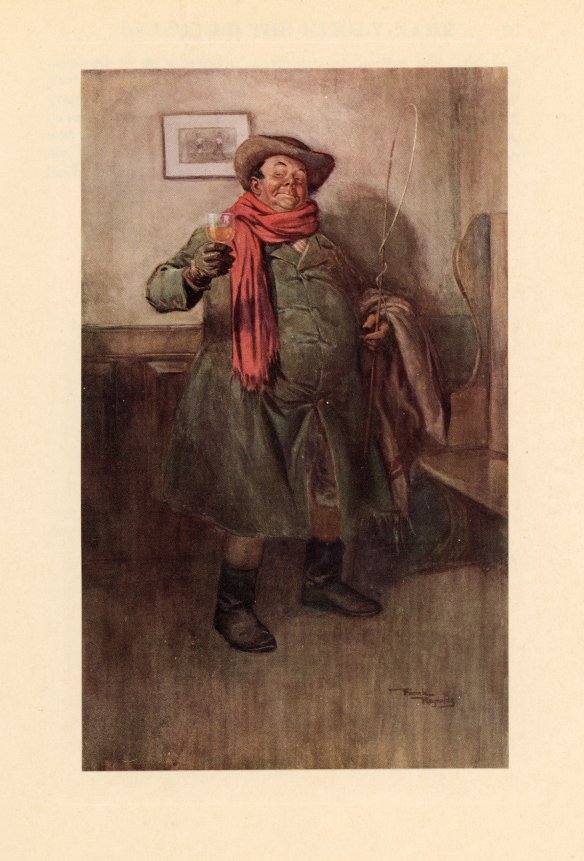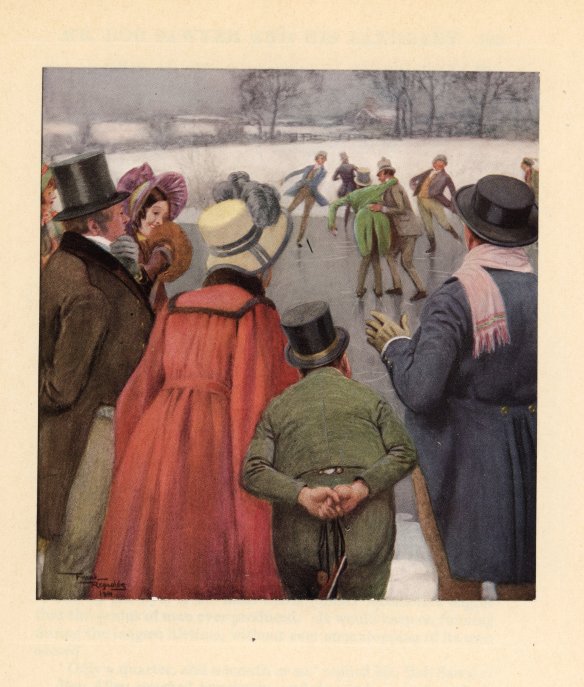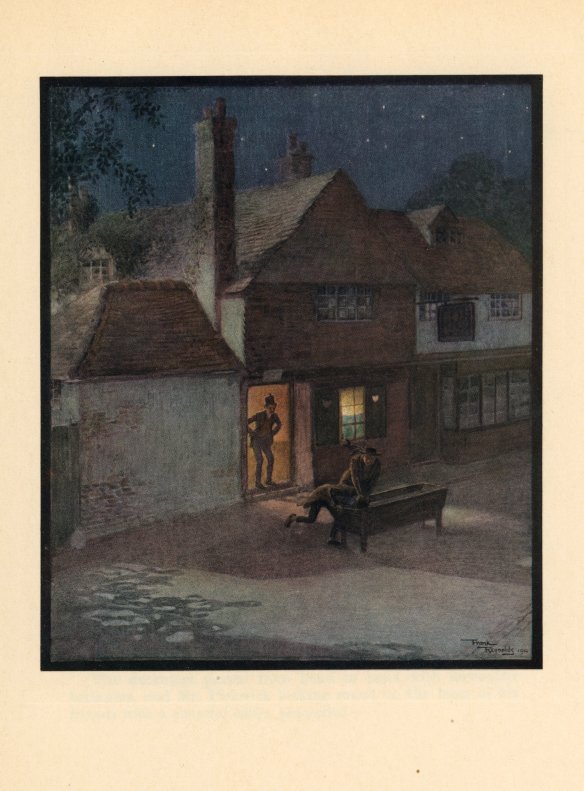Having decided to take a physical rest today I gave my brain a workout with this work.
Sir Arthur Thomas Quiller-Couch (born Nov. 21, 1863, Bodmin, Cornwall, Eng.—died May 12, 1944, Fowey, Cornwall) was an English poet, novelist, and anthologist noted for his compilationof The Oxford Book of English Verse 1250–1900(1900; revised 1939) and The Oxford Book of Ballads (1910).
He was educated at Newton Abbot College, Clifton College, and Trinity College, Oxford, where he became lecturer in classics (1886–87). In 1887 he wrote Dead Man’s Rock, the first of several novels of Cornwall and the sea. From 1887 to 1892 he worked in London for a publishing firm and as assistant editor of The Speaker. A number of short stories that he contributed to it were reprinted in book form as Noughts and Crosses (1891), the first of a dozen similar volumes. In 1892 he settled at Fowey, the small Cornish port that appears in his stories as “Troy Town.” He was knighted in 1910 and in 1912 was appointed King Edward VII professor of English literature at Cambridge and also elected a fellow of Jesus College. (https://www.britannica.com/biography/Arthur-Thomas-Quiller-Couch)
On the year in which he received his knighthood, he introduced
with “The Story of Hamlet” which details in erudite and fluent modern prose of his time the tale of Shakespeare’s timeless eponymous masterpiece. In more than 20 pages, he clarifies all the dramatis personae, their roles, their relationships, and their characters; he describes their actions, their locations, and their influences; finishing up with observations about the Scandinavian source material upon which our playwright is thought to have based his work. It would be extremely helpful in conveying an understanding of the play for any newcomer.
My first edition was presented with a fine copper plate inscription to “Tristan With love From J. A. R. Decber 25th 1910”.
Well past a century old, the outside of my book bears signs of ageing in the spine, but its inner core is unharmed, except for slight creasing of two of the tipped in colour plates, each of which is protected by undamaged tissue.
The frontispiece is paired with the title page above, the left side of which shows the edge of the the protecting sheet.
As demonstrated by these colour plates, W. G. Simmonds was a master of the golden age of book illustration. Similar edges of the protectors are shown in this gallery of images.

The last page of each Act is decorated with a drawing by the artist; each sheet of tissue bears a similar illustration and lines from the play relevant to the specific colour plate.
This evening we all dined on Jackie’s wholesome sausages in red wine; creamy mashed potatoes; firm carrots, cauliflower and Brussels sprouts; and tender green beans, with which I drank Reserva Privada Chilean Malbec 2022








































